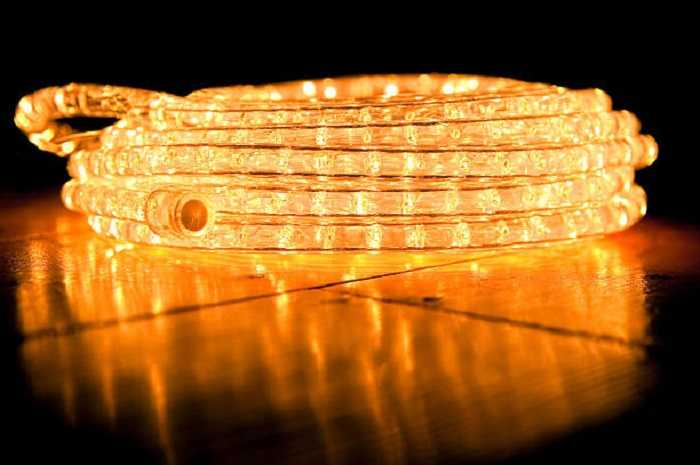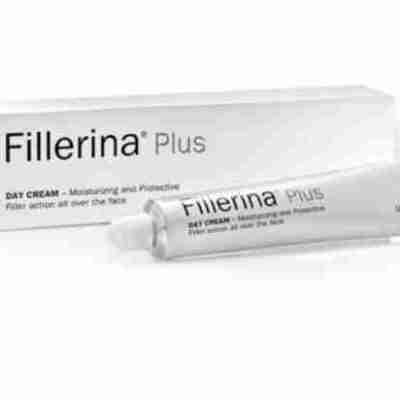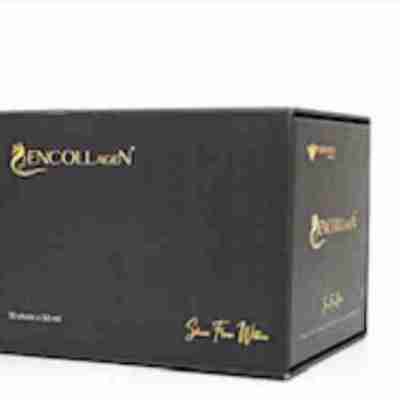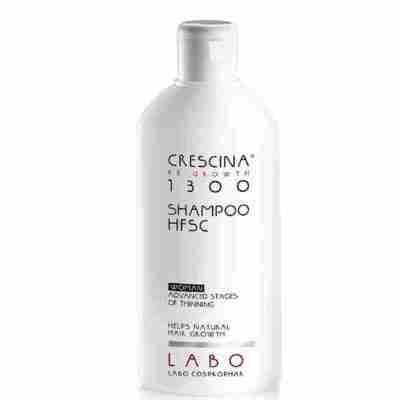LED Strip lights: Breakdown of strip light facts, Positives and Negatives
An LED Strip Light (an LED tape or ribbon light) is a flexible circuit board with surface-mounted light-emitting diodes (LEDs) that typically has an adhesive backing. Because LED strip lights come in various quality levels, you must understand the distinction between high and low-quality LED strips.
These flexible LED strips have a flat, low-profile shape that allows you to install them anywhere and cut them wherever you need (at any cut point), making them a more adaptable lighting tool. LED strip lights are used for various applications, from kitchen under cabinet lighting to replacing ceiling fluorescents, lighting a small hobby project, or a large conference room due to their brightness and customizability. Wireless dimming systems, DMX controllers, and wall switches can all be used to control them.
Breakdown of strip light facts
Lighting Source: Surface-mounted LED chips in various LED chip sizes and numbers are used as the lighting source. They are available with either a 120/220v AC or 12/24v DC input. They can also be purchased in a variety of single colors as well as color-changing options.
Size: Extremely small and compact. Strip lights are normally no wider than ⅜" wide and 1/16" tall. Therefore, it can be hidden where no other type of lighting can.
Brightness: Ranges from very low to very high. Strip lights have an extremely high light output. Each project will necessitate a different level of light output. Don't worry; we're experts who will guide you to the best product for your project. We have some of the brightest strip lights available, which can all be controlled and dimmed.
Applications: They are used as accent lighting, general illumination task lighting, display lighting, backlighting, and growing plants inside and even space vehicles. TV backlighting, under kickboards, display/jewelry cases, bar and club lighting, architectural designs, terrariums / indoor garden lighting, above cabinet lighting, counter lighting, refrigerator lighting, or cove lighting are some other applications. Look for applications.
Read more: Bright Horizons: The Endless Applications of LED Lights
https://blls-lighting.com/led-lights/
LED Strip Light Positives
1. Brightness: High brightness options are available and can be dimmed.
2. Size: Strip lights are simple to install in various settings. These lights are also known as "tape lights" due to their resemblance to tape.
3. Mounting: It is simple and comes with 3M adhesive on the back.
4. High bend angle:The ability to bend at a 90-degree angle.
5. Light quality: Varies from company to company, but typically you see a lot better CRI, light purity, color consistency, and color accuracy with LED strip lights.
6. Colors and options: They provide a broader range of color-changing options and a complete circuit system for controlling colors, whether via a remote or a more complex DMX system.
Follow our Gab: https://gab.com/bestledlightstripsblls
LED Strip Light Negatives
1. Run Length: Strip lights are typically available with 12v or 24v DC inputs. The strip lights' DC versions have a maximum run length before Voltage Drop occurs.
2. 360 degree viewing angle: Because most strip lights only have a 120-degree beam angle, installing a 360-degree light is more difficult.
3. Horizontal bend angle: It can be bent vertically but not horizontally, which makes some installations difficult. Strip light connectors, on the other hand, solve this problem.
4. Installation Complexity: Most strip lighting kits are self-explanatory and simple. An electrician will be required to complete some projects that require hard-wiring to a wall dimmer, calculating wattage usage, or wiring in walls.
Follow us at Linkedin: https://www.linkedin.com/in/be....stledlightstripsblls






